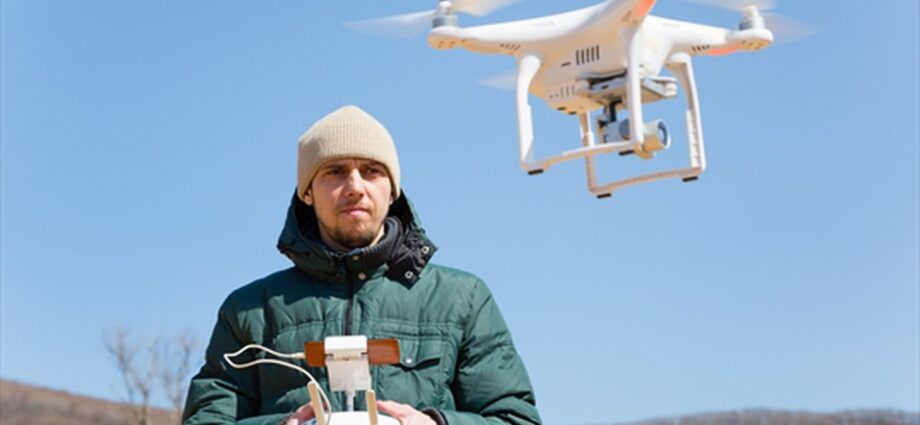
By Julian Orlando Chaves , Local Journalism Initiative Reporter, Huntsville Forester
August 22, 2023
Huntsville resident Steve Kubay has developed a taste for drones in recent months. He usually takes his drone to appropriate locations to take photos or record videos of the Muskoka landscape.
Despite the pleasant experience, Kubay says drone operation requires responsibility and knowledge on the matter.
“A drone, it’s an aircraft in Canada, and I don’t think that message gets through to many people who buy these things,” said Kubay. “And I don’t think that the people who complain about their use realize that Transport Canada regulates drones. There’s a lot of misinformation.”
Kubay says the lack of awareness among the community can lead to misunderstandings and raise privacy or security concerns.
“The people operating this equipment need to be aware of their responsibility to others,” said Kubay. “In the droning community, I know most of the guys have a fairly significant investment in their equipment, so they don’t want to do something that will cause either loss or confiscation. Most drone users are going to fly responsibly.”
WHAT TO CONSIDER WHEN OPERATING A DRONE?
According to Transport Canada’s senior communications adviser, Hicham Ayoun, drone pilots must follow the rules in part XI of the Canadian Aviation Regulations. This document contains the specifications that every pilot must consider before drone use. Here are some key points to take into account.
SAFETY FIRST
Ensuring optimal conditions before using a drone is crucial for safe operation.
“All drones weighing 250 grams to 25 kilograms must be registered, and pilots must obtain a certificate for basic or advanced operations,” said Ayoun. “In addition, pilots must always fly their drone within visual line-of-sight, below 400 feet, and away from bystanders, critical infrastructure, and other aircraft.”
Users should always use drones at least 5.6 kilometres away from airports and 1.9 kilometres from heliports. Pilots shall never fly anywhere near airplanes, helicopters or other drones.
The regulations emphasize that no pilot shall use a drone when icing conditions are observed or at night unless the drone comes with appropriate equipment like positioning lights to make the airship visible at night or anti-icing features to reduce icing effects.
WHAT ABOUT FLYING OVER SOMEONE’S BACKYARD?
“Flying a drone over someone’s backyard may not inherently break any laws,” said Ayoun. “This would depend on how the drone is being flown and whether the pilot is complying with the rules specified in the legislation listed in Part IX of the Canadian Aviation Regulations.”
Even though flying over private property is not necessarily prohibited, Ayoun said drone pilots must respect relevant sections of the Criminal Code and applicable provincial and territorial laws such as trespassing, voyeurism and privacy, and municipal bylaws.
People should follow the Privacy Guidelines for drone users provided by Transport Canada, which recommends the following for recreational drone users:
• Be accountable: When you fly a drone, you’re a pilot. You’re responsible for all the personal information collected by your drone.
• Limit collection: Take reasonable steps to avoid capturing personal information you don’t need. It’s also a good idea to make the personal information captured without consent in a video anonymous — for example, blur faces or licence plates.
• Obtain consent: If it’s likely you will capture people’s personal information on your flight, take reasonable steps to tell those affected and get their consent.
• Store information securely: If you save recordings that contain personal information, take reasonable steps to ensure that no one else can access the information.
• Be open and responsible about your activities: If someone complains that your drone flight is harming their privacy, you should respond with respect and courtesy.
“Drones can also cause significant safety concerns for people and other aircraft if not flown properly,” said Ayoun. “Anyone who witnesses unsafe or illegal drone use should contact Transport Canada or local law enforcement. The department encourages them to record as much information as possible to help the department review incidents more effectively.”
To report drone misuse, visit the Transport Canada web page. For more information on safe drone use, visit drone safety resources.
Subscribe to our newsletter.
Julian Orlando Chaves is a Local Journalism Initiative reporter. The Local Journalism Initiative is funded by the Government of Canada.

